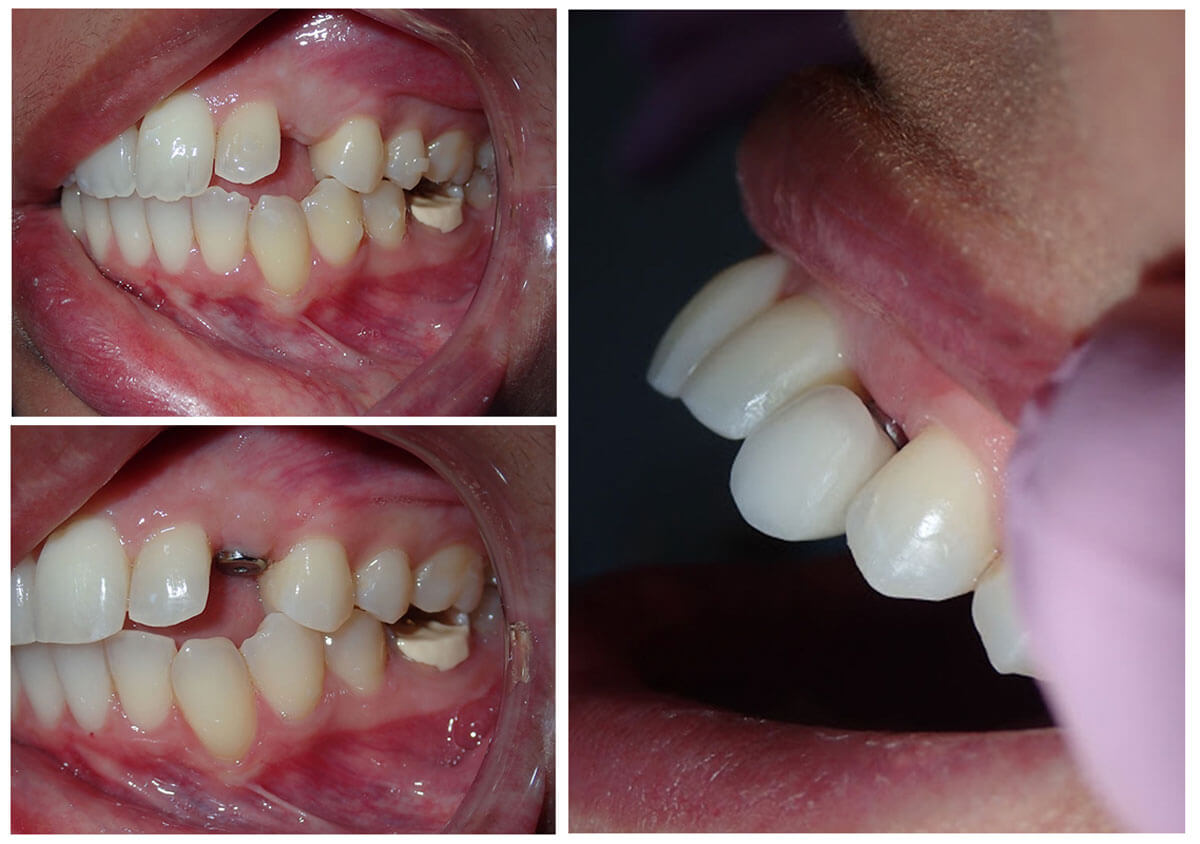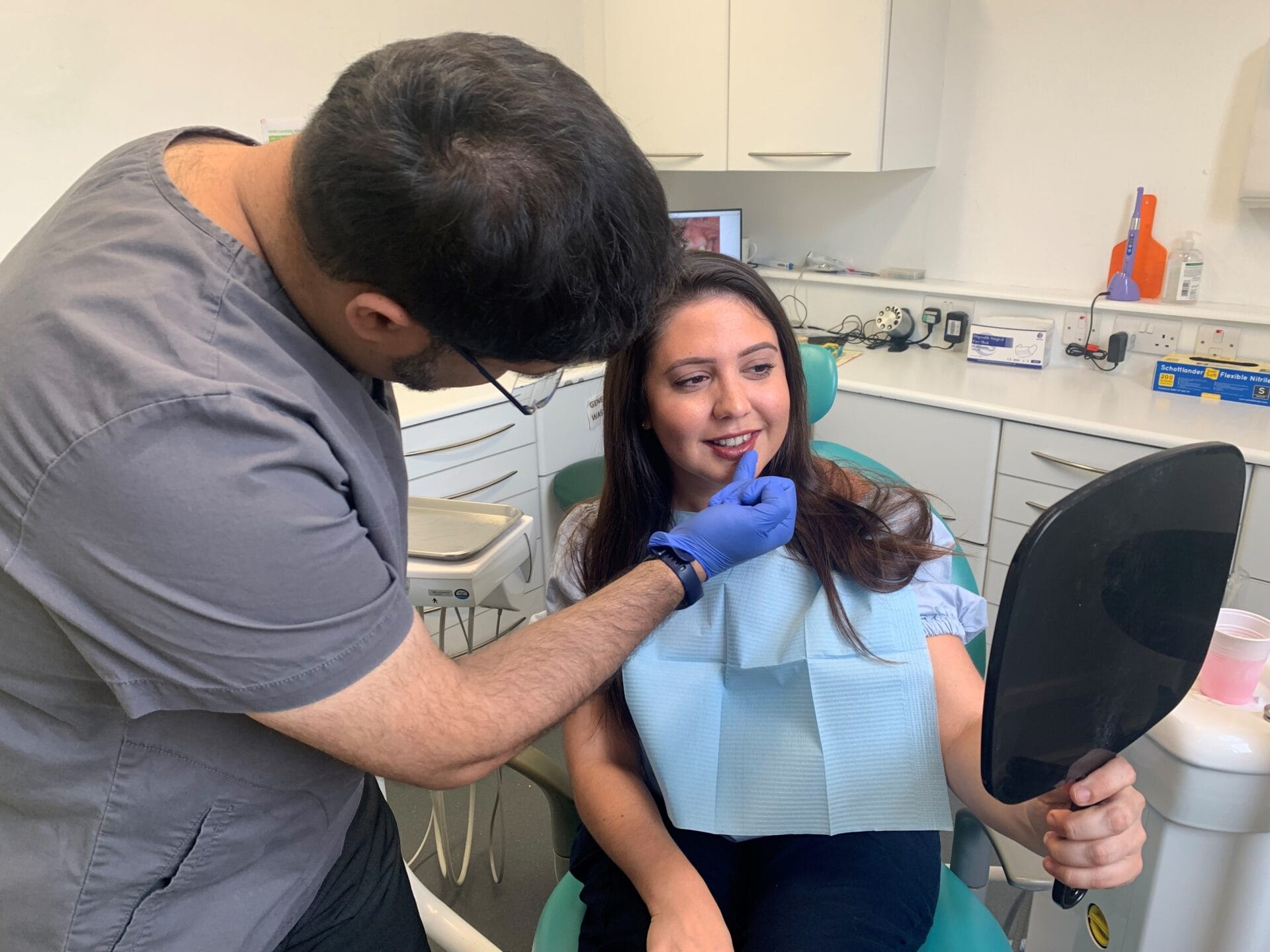Your Course to a Better Smile: Dental Implants Kent Solutions
Your Course to a Better Smile: Dental Implants Kent Solutions
Blog Article
Experience the most up to date Technologies in Dental Implants Technology
As the field of dental care continues to develop, the advancements in oral implant technology have actually been nothing short of amazing. The combination of technology is reinventing the functionality of oral implants, promising boosted outcomes and person complete satisfaction.
Advanced Materials for Enhanced Longevity
In the world of dental implants modern technology, the integration of innovative materials has significantly added to boosting sturdiness and long life of these important oral prosthetics. The usage of products such as titanium alloys, zirconia, and ceramic compounds has actually revolutionized the field by offering boosted stamina, resistance, and biocompatibility to deterioration.
Titanium alloys are widely utilized in oral implants as a result of their extraordinary strength-to-weight proportion, deterioration resistance, and compatibility with the human body. These alloys make sure the security and long life of the implant by standing up to the pressures exerted during chewing and talking, giving a dependable service for individuals seeking sturdy tooth substitutes.
Zirconia, a kind of ceramic material, has actually acquired popularity for its biocompatibility and all-natural tooth-like look. Its high strength and resistance to put on make it an ideal choice for oral crowns and bridges, boosting the general visual appeals and performance of the implant.

Digital Imaging for Accurate Placement
The evolution of oral implants modern technology has further advanced with the integration of electronic imaging methods, making sure exact placement of these prosthetics for optimal useful and visual end results. Digital imaging plays an essential role in the planning and positioning of dental implants by offering comprehensive 3D photos of the client's jawbone structure. This technology permits dental experts to analyze bone thickness, find important structures, and intend the specific placement and angle for dental implant placement with unmatched precision.
By using digital imaging, dental experts can produce online surgical overviews that act as a roadmap throughout the implant positioning procedure. These overviews are customized for each and every individual, thinking about their one-of-a-kind anatomy and the wanted outcome. This degree of precision not just enhances the success price of oral implant procedures yet likewise reduces the danger of problems.
In addition, electronic imaging enables dental practitioners to envision the final prosthetic restoration prior to the real positioning of implants, permitting careful preparation and making sure that the outcome satisfies the patient's visual assumptions. In general, the assimilation of digital imaging innovation has actually transformed the area of dental implants, offering clients an extra predictable, effective, and patient-specific treatment technique.

Minimally Invasive Surgical Strategies


Developments in surgical approaches have brought about the growth of minimally intrusive methods in the field of dental implantology. These strategies intend to decrease trauma to the client, shorten recovery times, and boost total therapy results. Minimally intrusive medical treatments entail smaller sized lacerations, specialized instruments, and advanced imaging technologies to precisely put oral implants with minimal disturbance to bordering tissues.
One key aspect of minimally invasive methods is the use of directed surgical treatment, where 3D imaging and computer-aided layout software are employed to intend the dental implant placement with fantastic precision. This permits an extra foreseeable result and can typically get rid of the requirement for considerable flap surgical procedure.
In addition, innovations in materials and implant layout have also added to the success of minimally intrusive techniques. Implants with enhanced surface area homes promote faster osseointegration, decreasing the healing time required prior to the prosthetic restoration can be positioned.
3D Printing for Personalized Solutions
Using 3D printing modern technology in dental implantology enables the production of highly personalized remedies tailored to private person needs and anatomical variants. This cutting-edge innovation makes it possible for dental experts to make and produce oral implants with outstanding accuracy and accuracy. By using electronic imaging techniques, such as cone beam of light computed tomography (CBCT), detailed 3D versions of the patient's oral tooth cavity can be created to lead the implant planning process.
One of the essential advantages of 3D printing in oral implantology is the capability to develop patient-specific implants that flawlessly fit the unique composition of each person. This individualized approach helps improve the overall success and longevity of the implant by guaranteeing ideal fit and positioning. Furthermore, 3D printing permits the manufacturing of intricate geometries and complex structures that would be impossible or challenging to achieve like this using traditional manufacturing methods.
Moreover, 3D printing modern technology allows dental experts to enhance the implantation process, decreasing surgical treatment time and enhancing total person experience. With its capability to produce customized solutions quickly and successfully, 3D printing is changing the area of dental implantology, offering clients ingenious treatment choices and improved outcomes.
Integrated Innovation for Improved Capability
Implementing sophisticated modern technology in oral implantology enhances performance and accuracy, elevating the requirement of treatment for patients going through dental implant helpful site procedures. Integrated innovation plays a critical role in enhancing the total success and resilience of oral implants.
In addition, the integration of computer-aided layout and computer-aided manufacturing (CAD/CAM) innovation enables the production of customized implant reconstructions with exceptional precision. CAD/CAM systems make use of electronic impacts to develop prosthetics that flawlessly fit the person's distinct composition, ensuring ideal convenience and capability. Additionally, using robotic-assisted surgical procedure in implant placement boosts accuracy and minimizes the risk of human mistake.
Conclusion
In conclusion, try this the most recent advancements in oral implants technology offer improved durability through innovative products, precise positioning with digital imaging, minimally intrusive surgical methods, personalized options with 3D printing, and boosted functionality with integrated innovation - Dental implants Kent. These advancements in oral implants modern technology are changing the area and giving clients with more effective and effective treatment options for restoring their smiles and dental health and wellness
The assimilation of innovation is revolutionizing the capability of dental implants, promising enhanced outcomes and individual complete satisfaction.
The advancement of dental implants technology has actually better progressed with the integration of digital imaging strategies, ensuring precise positioning of these prosthetics for optimum useful and aesthetic results. Minimally intrusive medical treatments include smaller incisions, specialized instruments, and progressed imaging innovations to specifically position oral implants with marginal disruption to surrounding cells.
Applying sophisticated innovation in dental implantology boosts functionality and precision, boosting the criterion of treatment for patients undergoing implant procedures. Dental implants Kent. Integrated technology plays a critical duty in improving the total success and longevity of oral implants
Report this page